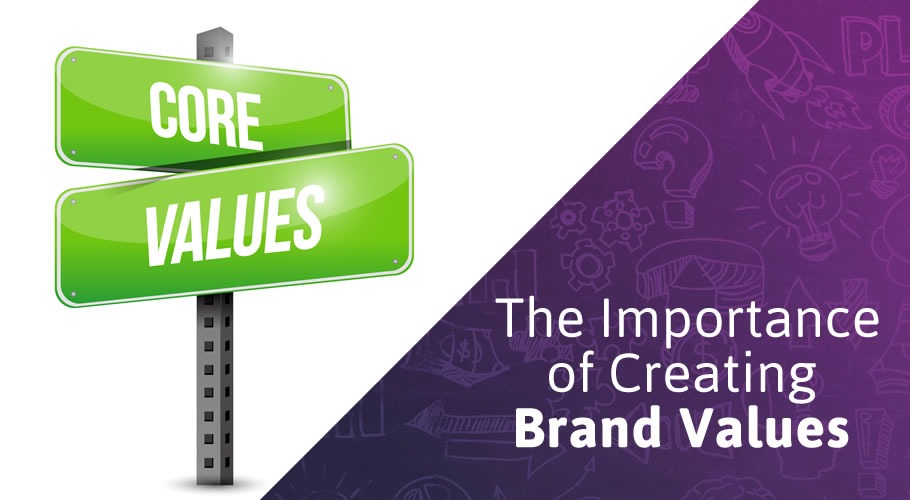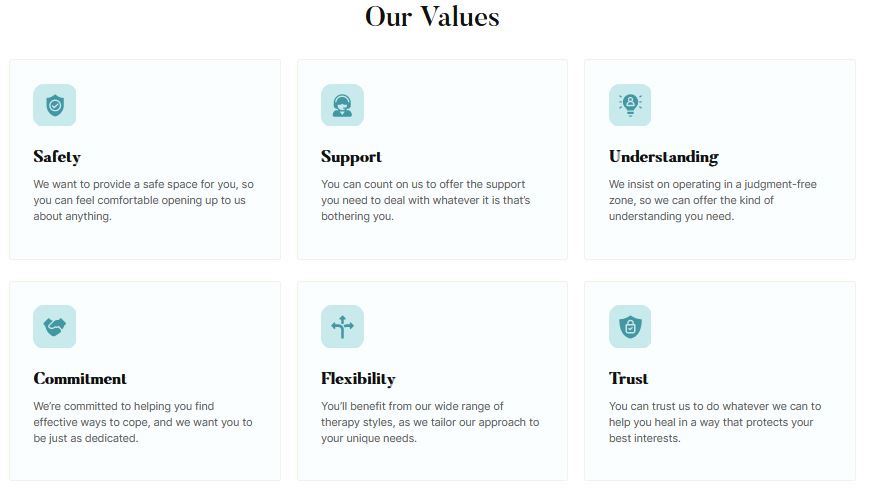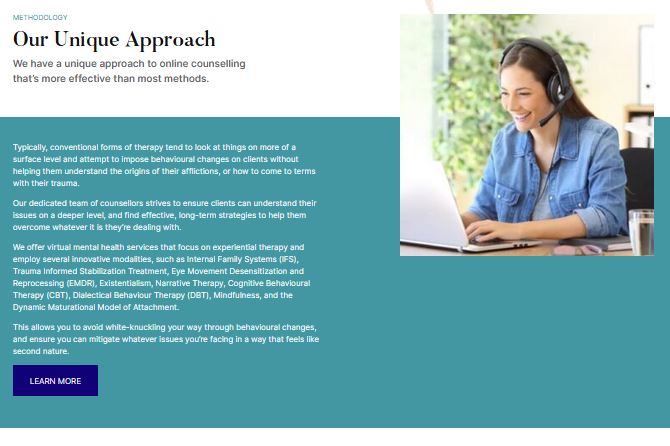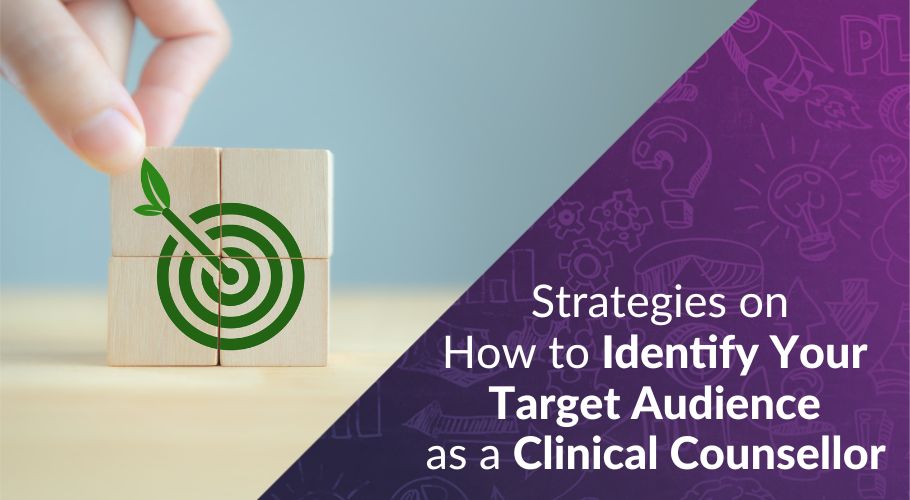After spending more than 20 years working in branding, marketing, and web development, I’ve learned a lot about the challenges business owners have to face.
And after all those years, one of the things I’ve seen business owners struggle with the most is how to identify their target audience and connect with their ideal clients.
Oftentimes, they’re unfamiliar with the term target audience, unaware of why it’s so important to define this aspect of their brand, and unsure of whom they would consider an ideal client.
In my experience, many of them haven’t put any thought into this at all, and when I ask them about the characteristics of their ideal clients, or what sort of audience they’re looking to target, they tend to have a tough time answering these questions.
But if you want to be able to effectively build and market your brand, then you have to start by defining these aspects.
If you neglect to do so, marketing your brand is going to feel like a guessing game, you won’t understand how to portray it to potential clients, and you could end up wasting your time by targeting people who aren’t aligned with your brand, and probably don’t want your services anyway.
Over the years, we’ve worked with several clinical counsellors, and many of them seem to struggle with this aspect of their brand, so if you’re a clinical counsellor or service-based business owner who wants to learn how to identify your target audience and start connecting with your ideal clients, then you’re going to want to keep reading.
How to Identify Your Target Audience
As a clinical counsellor, you’re working in a highly saturated industry, and as with anything, you’re unlikely to be an expert in every aspect, so it’s probably best to find your niche, rather than trying to serve everyone across the board.
It may sound simple, but this can actually be pretty tough, and if you want to identify your target audience, there are many different things that have to be considered.
This includes things like defining your brand values, and establishing a unique selling proposition, along with analyzing the characteristics of your ideal clients, and your competitors.
With that in mind, below I’ve explored each of these aspects, and how they relate to identifying your target audience, so you can have a better idea of how to go about doing this.
READ: Why Creating Brand Values Is Vital to the Success of Your Business

When you’re trying to identify your target audience, you’ve got to have clearly defined brand values.
Because if you don’t understand the values of your brand, then you’re not going to know what kinds of people will be interested in doing business with you, and as a result, you’re not going to have any idea whom you’re targeting.
So, if you want to learn more about the importance of brand values, then you’re going to want to read this article.
It explains what brand values are, why it’s so important to create them, and offers some tips for how you can start defining the values of your brand.
Understanding Your Brand Values
If you don’t know much about marketing, then you might be rolling your eyes at this point.
But while there may have been a time when this sort of thing wasn’t so important, in today’s trust economy, understanding your brand values is key.
Because with the world becoming more chaotic by the day, politics being much more polarized, and people getting savvier and more skeptical of traditional advertising and marketing techniques, consumers are increasingly concerned with ensuring they give their business to brands they can trust and who share their values.
If you don’t know what your brand values are, then it’s going to be pretty much impossible to identify your target audience, as these values will be one of their most important characteristics.
Brand values are essential for understanding how to identify your target audience, as they help you to establish what your brand stands for, what sets you apart from your competitors, and how you can communicate that to potential clients.
So, now that you know why understanding your brand values is so important for identifying your target audience, let’s talk a bit about how you can define those values.
You can start by asking yourself some questions. As a clinical counsellor, this includes things like:
- What are my strengths as a counsellor?
- Why did I decide to get into counselling in the first place?
- What keeps me motivated to continue doing the work I do?
- How do I want clients to feel during our sessions, and how do I want them to feel afterward?
- What values do I prioritize in my practice, and how do they influence my interactions with clients?
Once you’ve finished responding to these questions, you can start defining your values, and determining how you’re going to communicate them to potential clients.
If you want a better idea of what the finished product should look like, the image below was taken from the About page of one of our clients, TalkOnline Counselling.

As you can see, TalkOnline’s brand values do a great job of building trust with potential clients.
Aside from simply including trust as one of its values, they also highlight the strengths of TalkOnline’s counsellors, while communicating how the services they provide are going to make clients feel, and how their services differ from those offered by competitors.
Researching Your Competitors
Researching the competition is an essential aspect of identifying your target audience, and knowing how to differentiate yourself from them so your ideal client chooses you over them.
Additionally, learning about the kinds of customers that are served by your competitors can help you to identify audiences you may not have considered, and analyzing their offerings, and comparing them to your own, could allow you to find gaps in the market that may be of interest to underserved audiences.
When you’re doing this kind of research, start by asking yourself these kinds of questions:
- Who are my direct and indirect competitors?
- What am I offering that my competitors cannot?
- Which audiences are these counsellors targeting?
- What are the strengths and weaknesses of the counsellors I’m competing against?
- What are my competitors’ unique selling propositions, and how do they compare to mine?
These questions should give you a deeper understanding of how to identify your target audience and help you to start thinking about how you can position your brand to appeal more to that audience than your competitors will.
Creating a Unique Selling Proposition (USP)
One of the most helpful things you can do when trying to identify your target audience is to create a unique selling proposition, or USP.
In the context of a clinical counsellor, a unique selling proposition is a statement that highlights the unique features and/or benefits of the counselling services you provide, and ideally, why you’re the only counsellor who can do that.
In a nutshell, an effective USP will explain to potential clients why they should choose you instead of one of your competitors.
And once you understand what your USP is, then you’ll have a much better idea of who’s going to be interested in your services, and in turn, how to identify your target audience.
So, if you’re looking to come up with a USP of your own, you’ve got to think about what makes your services unique. Here are some questions to ask yourself if you want to get the ball rolling:
- What’s different about my approach to counselling?
- Do I specialize in any unique or underutilized modalities?
- Do I have any credentials that make me more qualified than other counsellors?
- How can my services help clients to enhance their lives, fulfill their desires, or solve their problems?
- Is there anything about my counselling services that allows me to provide greater benefits to clients than they’re likely to get from other counsellors?
If you want an idea of how to put this into words and communicate it to potential clients, as you’ll see from the image below, TalkOnline Counselling provides a great example of this, as well.

The heading immediately refers to TalkOnline’s unique approach, and how it’s more effective, wasting no time communicating to potential clients why this brand is the obvious choice.
And below the heading, it goes into much more detail, discussing why TalkOnline’s approach is different, along with why it’s so much better than other methods, how that makes clients feel, and what makes conventional methods less effective, while drawing attention to the range of modalities used by its counsellors, in order to position them as more qualified than most.
Analyzing Your Ideal Clients
Now that you’ve defined your brand values, and come up with a USP, you’ll have a much better understanding of who your ideal clients are, and therefore, what kind of audience you need to target.
But you shouldn’t just stop there. Now that you’ve taken these crucial steps toward defining your ideal therapy clients, you should take this opportunity to dig even further into their characteristics, so you can gain a greater understanding of who they are and what makes them tick.
Here are some questions you should ask yourself when analyzing your ideal clients as a clinical counsellor:
- What sort of emotional state are these people in?
- What is it that’s motivating them to seek out my services?
- What kinds of problems are they having that I can help them solve?
- What’s been holding them back from solving these problems themselves?
- How am I providing my counselling services (online, in-person, or a mix of both)?
These are some of the most pertinent questions you need to be asking yourself when analyzing your ideal clients, and I often dive even deeper when working with my consulting clients to get a firm idea of characteristics to consider.
For instance, we also look at things like age, gender, income and education levels, geographical location, marital status, place of residence, and style of dress, just to name a few attributes.
With this type of exercise, the deeper you go, the better understanding you’ll have of your target audience.
Once you’ve defined your brand values, determined your unique selling proposition, analyzed your competitors, and your ideal clients, you’re going to have a much better grasp on this concept, and that’s a great thing, because understanding your target audience is an essential element for ensuring the success and longevity of your business.
Are you struggling to identify your target audience and connect with your ideal clients? My team and I have been helping business owners to connect with the right clients for more than 20 years. Contact us today to find out more about what we can do for you.
To your business success,
Susan Friesen
P.S. If you liked the article, you might want to subscribe to our newsletter. We publish tons of valuable content to help you learn more about marketing, and subscribing is the best way to ensure you don’t miss out. Additionally, if you’d like to learn more about building a search engine optimized website, click here for our free website guide.







